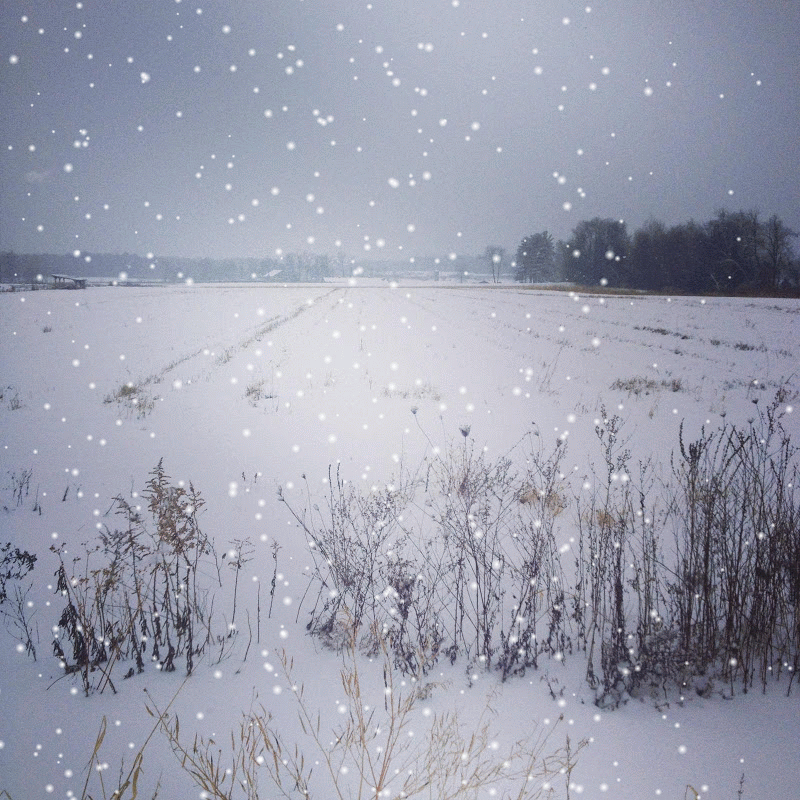Your Garden's Drainage
Good drainage is essential to planting a successful garden or landscape. Plants’ roots (and this goes for ALL plants) need oxygen. If plants are kept in an area that is continuously wet, the roots will be starved for oxygen and the plant(s) will eventually die. There are many different ways to improve the drainage around your yard and gardens.
If you have potted plants or container gardens, make sure you have several drainage holes in the bottom of your pots. If you have ceramic pots, adding gravel or styrofoam peanuts in the bottom of the pot prior to adding planting mix will also help.
Prior to planting your garden, you should till the soil well. This will loosen the soil and break up any large clods. The soil will be better able to drain this way than if it were left hard and compacted. Rototilling in between the rows of an already established garden not only removes weeds, but also increases drainage and encourages root growth.You may need to consider putting in raised beds if you have poorly draining soil. A raised bed is simply a framed in garden bed that sits atop your soil, effectively elevating your planting area. Raised beds are fairly simple to construct and you can utilize different materials that suit your taste to frame the bed. Because you are adding soil to the bed, you can control what type of planting medium you use and this will allow for better drainage. If you can, till the area where the raised bed will be constructed to allow for additional drainage.
If you have more extensive drainage issues, determining the source of the problem, how the water is accumulating and in which direction it is running, if any, will help to determine the type of drainage system you will need to correct the problem. It may be necessary to install drainage pipe, drainage trenches or the like to manage the water-logged areas. While we are speaking of drainage, let’s also talk about proper watering of your plants. Very often I am asked how to know when to water a plant. Take for instance hanging baskets and planters. The amount of water needed very much depends on the conditions of any given day. Is it very windy, is it sunny or is it cloudy, cool and raining? The best way to determine if your basket needs water is to check the soil and the weight of the basket daily. If the soil is moist and the basket feels heavy, leave it alone. Don’t just water for the sake of watering. If the basket remains wet all the time, the roots will starve for oxygen and the plant will die. Checking the soil is very important here; a plant that has been overwatered will droop and look wilted, as if it needs more water. Let the basket or whatever container you have your plants in dry down a bit in between watering. When watering in the garden, again, check the soil. Newly planted material needs to be watered more frequently than well established plantings. Plantings, such as trees and shrubs, need about an inch of water weekly….check the plant tag.




Comments
Post a Comment
Thank you for your comment! We appreciate them all and will publish your comment shortly. Thanks for visiting!